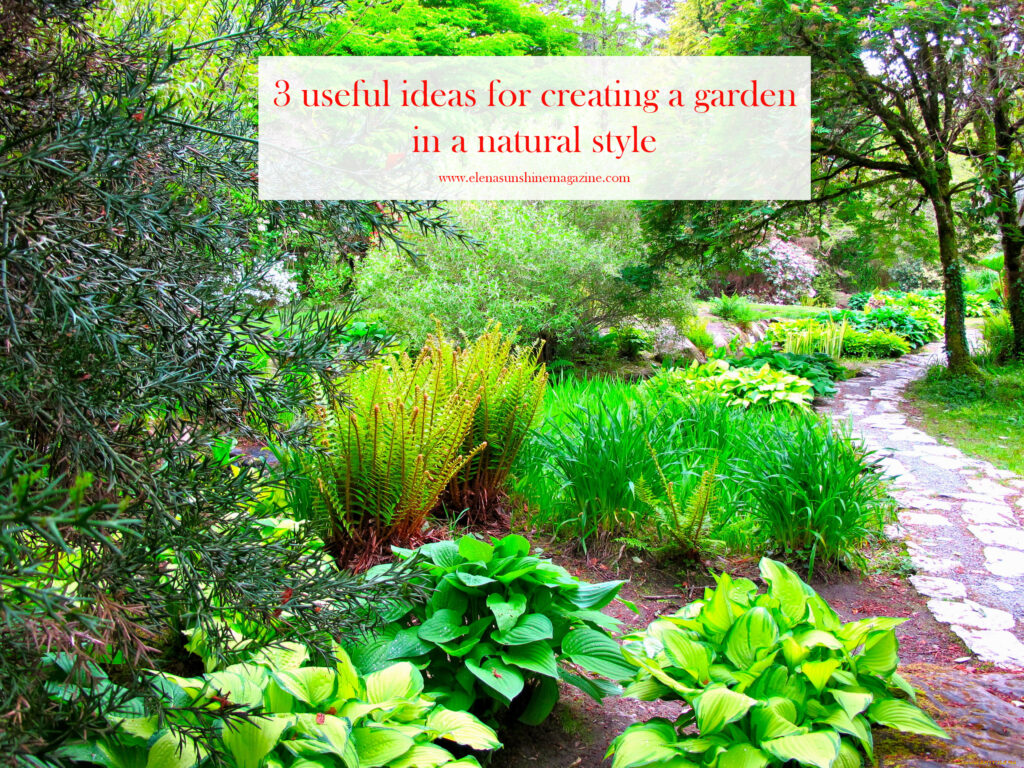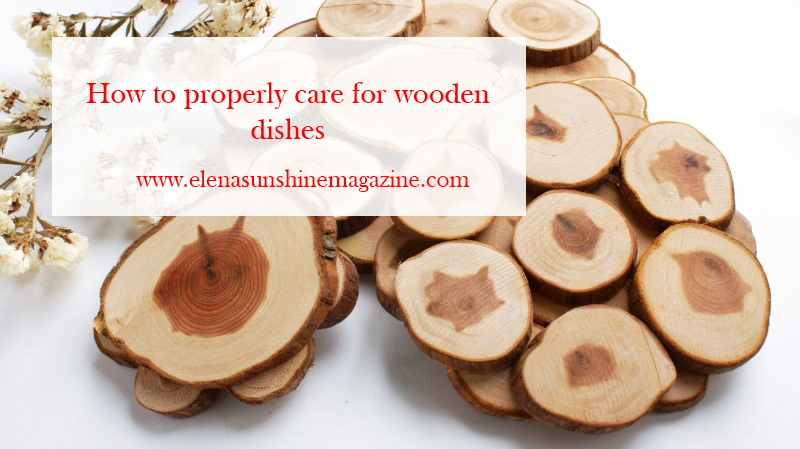The nature garden is designed to unite man and nature. Native plants are especially welcome here, the design is focused on the native landscapes of the area. It differs from wild nature in that the space is planned and created by a person, who also takes care of it. 3 useful ideas for creating a garden in a natural style.
The environmental theme is relevant today, and farming on a natural, organic basis is also an approximation of your lifestyle as a healthy one. In such a garden, a person follows nature in everything, does not use mineral fertilizers, or pesticides to protect plants, and attracts animals, birds, and insects to the site.
An ecological garden is not just a garden style, it is a philosophy of life that makes it possible to achieve the desired result without committing violence against nature. The main principle of the arrangement of such a garden is a delicate attitude to nature, maintaining a balance between cultivated and weedy plants, and useful and harmful insects.
The best ones were arranged according to this principle: the garden served as a natural extension of the nearest forest, and it was difficult to find the border between them. In such a garden, different corners in nature and content are well combined, which is important for both small and large territories.
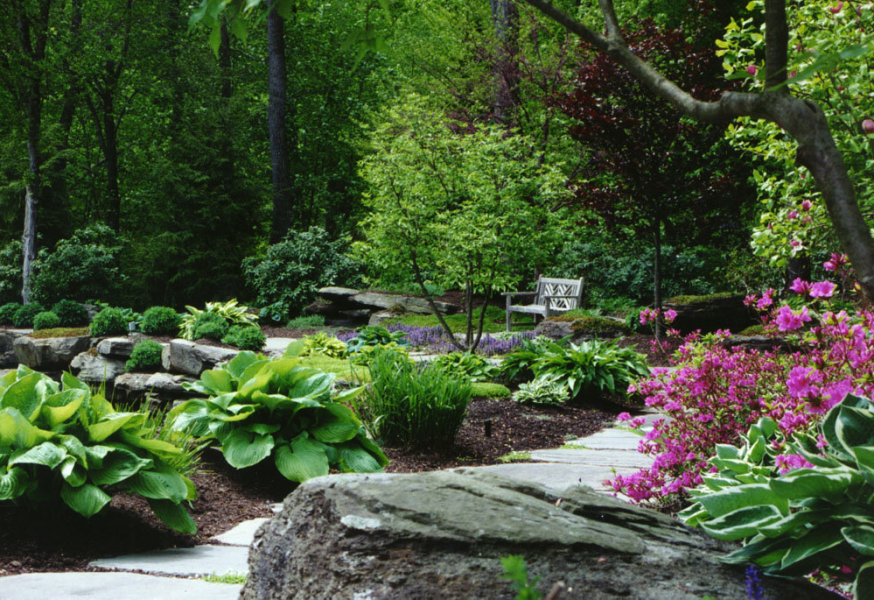
When creating a garden, the natural terrain and existing plants are preserved as much as possible. In open sunny places, flower lawns are broken, and flowering shrubs are planted. Reservoirs with moisture-loving plants are arranged in low places of the site, where meltwater and rainwater are collected.
This style is just perfect for a small area where functional areas should be presented in the most complete set, while there is no way to visually isolate them from each other. Yes, and for large areas, it is good because it helps to better discover and appreciate the beauty of local nature. An ideal option for such a garden is if the plot allows you to open a view of a natural river or lake.
Stylish details. 3 useful ideas for creating a garden in a natural style.
The natural garden style does not tolerate pretentiousness and overloading with details, it is versatile and plastic. The economical style of the garden, while reducing the cost of landscaping is not at the expense of artistic design.
It is important to choose plants correctly for such a garden: they must be characteristic of the surrounding nature, durable, and undemanding in care. For shady places, moisture-loving plants are selected. There is a place for mosses and lichens, decorative wild plants. Instead of a lawn is a natural lawn and turf plants.
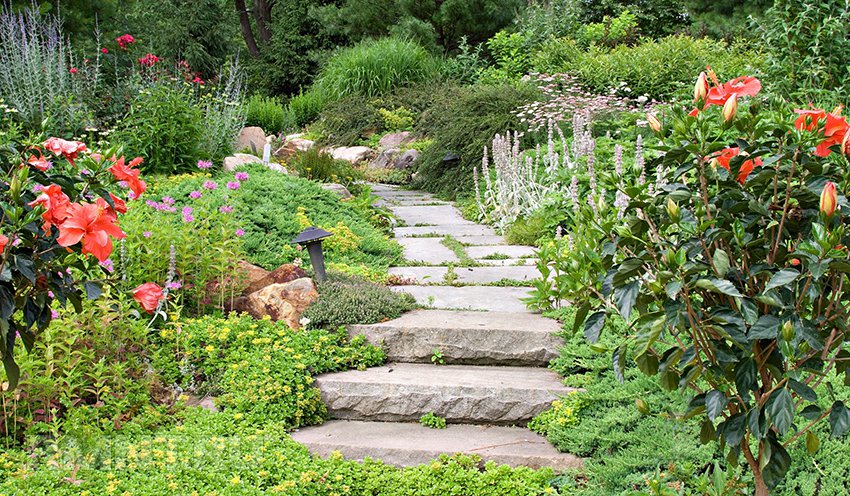
In the design of the garden, the advantage is given to natural rough-cut stone and wood. The garden furniture is rough but very functional. Bright colors for it will be too contrasting with the surrounding nature, so the natural color of wood treated with impregnations against moisture and rot is often used. To cover the paths, not only stone is used, but also gravel screening, coarse-grained sand, and blackening with resistant grasses. Winding dirt paths lead to the far corners.
Coatings
Paths can be gravel or covered with mulch, platforms – in the form of wooden decking, but in any case not paved. They should allow water to pass through and not contribute to the compaction of the soil. The place lawn is usually occupied by a lawn with local types of herbs.
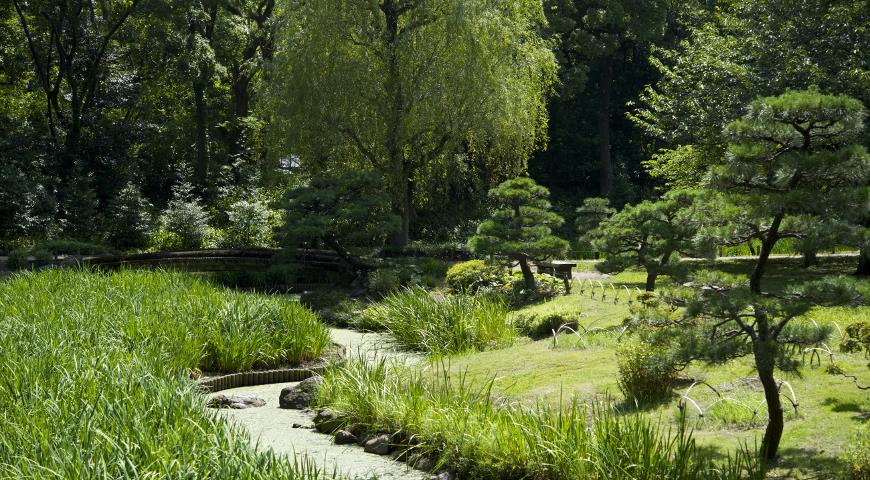
Plants
Sometimes in the descriptions of plants, there is a note “for creating flower beds of natural appearance, garden”. The latter is an attempt to grow natural species with decorative properties on the site. Such flower beds should subsequently require minimal maintenance.
Plants will regulate their own growth and development, as in the forest, in the field, and in the meadow, depending on which garden was chosen as a model. The plot is divided into miniature ecosystems depending on the conditions: swamp, meadow, rockery, and forest – where the corresponding plant species are planted.
The garden is based on the correct selection of plants, in strict accordance with the existing environmental conditions on the site. The main factors are illumination, humidity, and soil fertility. The number of grasses and cereals, flowering plants, annuals, and perennials is strictly regulated so that they can provide natural renewal.
Plantings must be mulched with wood chips, bark, or other natural materials. The first few years after the creation of such gardens requires careful care: weeding, and watering. In the second or third year, as a result of the gradual closing of plants together, care workers will be reduced.

An important role is played by local trees and shrubs, ferns, cereals, and bulbs of natural appearance (for example, if tulips are botanical).
3 useful ideas for creating nature
#1. Smart landing scheme. Ideally, the plants should be selected and placed so that the garden does not need watering and weeding at all.
In practice, this is rarely possible, but it is enough to implement the idea at least partially, this will already facilitate the maintenance of the garden.
Divide it into sections depending on the environmental conditions: mark where it is hot and sunny all day, where moss grows and it feels damp, and where the snow blows away in winter.
Make lists of plants for each place in the directory. Consider their light and soil requirements. It is better not to attach too much importance to the time of flowering, the shape of the foliage, and other decorative features.
Plants are always harmonious, and even unexpected combinations can be extremely successful. You may want to replace some types later, but there will be only a few of them.
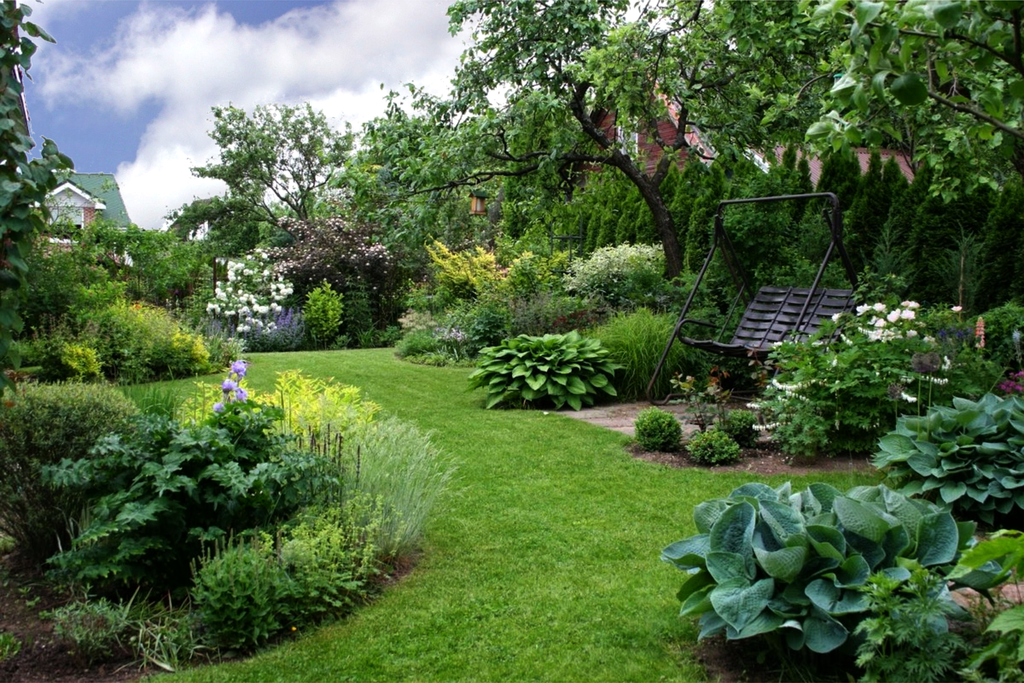
#2. Water-permeable coatings. Stone and concrete paths do not allow water to pass into the lower layers of the soil, but redistribute it so that in some places it is too dry, and in others it is wet.
Microbiological processes in the soil are disrupted, and it loses its porous structure and cures. Plants become more difficult to care for, and compacted soil can become an obstacle to the movement of groundwater.
Try to use more filtering, that is, water-and air-permeable coatings for paths and playgrounds. Wooden and composite decking, gravel, and lawns do not violate the ecology of the site.
#3. Local materials. Take a closer look at the traditional finishing and landscape materials for your area. They are usually the most inexpensive, and in addition, the most natural look in a natural garden.

